Is China A Developing Country?
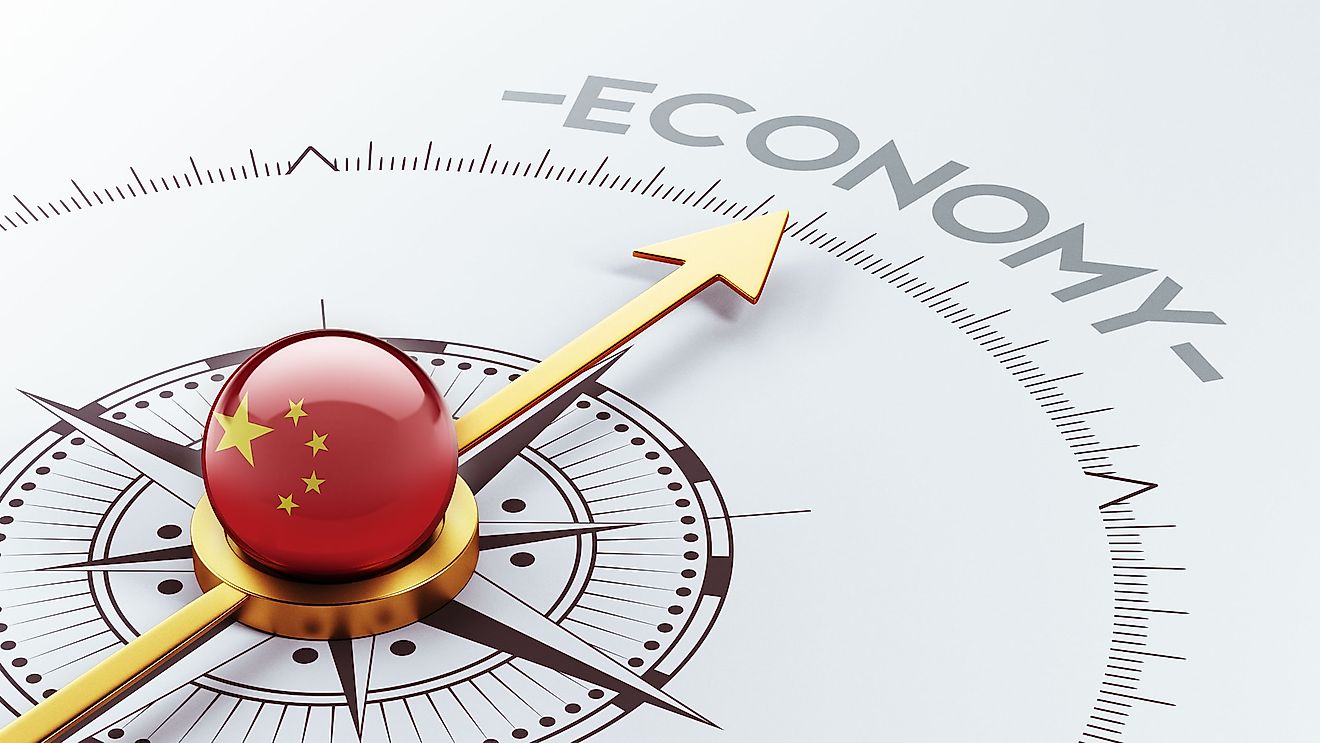
- China is the largest developing country in the world.
- China is still considered a developing country based on the criteria of the World Bank and the United Nations.
- Despite being a developing country, China hosts the world's second-largest economy.
China is the largest developing country in the world. But why is China still considered a developing country? After all, how can a developing country host the world’s second largest economy, which is expected to leap past the United States to become the world’s largest economy before the end of the 2020s? The simple answer is that China does not yet meet the criteria to be considered a developed country.
Defining Developed vs. Developing Countries: The Position Of China
There is no universal consensus as to what constitutes a developed country, or what can be defined as a developing country. Criteria range from economic factors, such as gross domestic product (GDP) per capita (per person) to non-economic factors, like average life expectancy and levels of education. The World Bank, one of the world’s most prominent international financial institutions, uses a purely economic method of classifying the development status of countries. Actually, the World Bank does not use the terms developed and developing, but rather low-income, lower-middle income, upper-middle income, and high income.
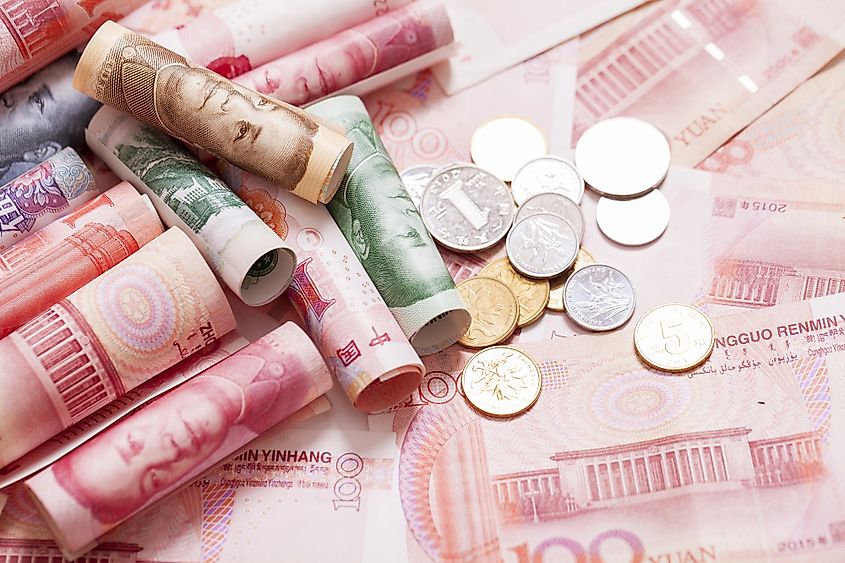
Based On GNI
In order for a country to be considered a high-income country, which is generally considered a developed country, it must have a gross national income (GNI) of $U.S. 12,535 per capita. Gross national income is defined as the total amount of wealth accumulated by a country’s people and businesses.
In 2019, China’s per capita GNI was just $10,410, which makes it an upper-middle income country as defined by the World Bank, but not a high-income country.
Based On HDI

Another commonly-used method of defining a country’s development status is the human development index (HDI), which is the method used by the United Nations for determining a country’s status of development. A country’s HDI is calculated using four measurement categories: mean years of schooling, expected years of schooling, life expectancy at birth, and GNI per capita.
For the sake of comparison, the country with the highest HDI as of 2019 is Norway, with an HDI of 0.957. The United States has an HDI of 0.926, which makes it number 17 on the HDI index of all countries. Both Norway and the U.S. are considered to be in the top tier of the HDI, which is known as very high human development. The other tiers, from highest to lowest, are high human development, medium human development, and low human development.
China has an HDI of 0.761, putting it in the high human development tier, which means that it is not considered one of the world’s most advanced countries (the ones with very high human development).
Population Living In Poverty
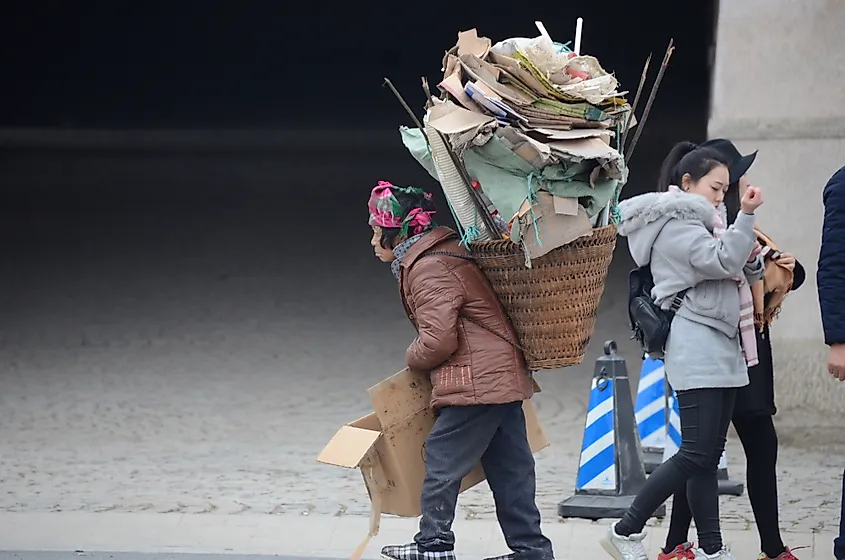
There are also other factors to consider, both economic and non-economic, when defining China’s development status. For example, although 850 million of China’s inhabitants have been lifted out of poverty since 1978, when the country began its transition to a capitalist market economy, 373 million people in China still live below the World Bank’s upper-middle-income poverty line of US$5.50 per day.
Uneven Distribution Of Wealth
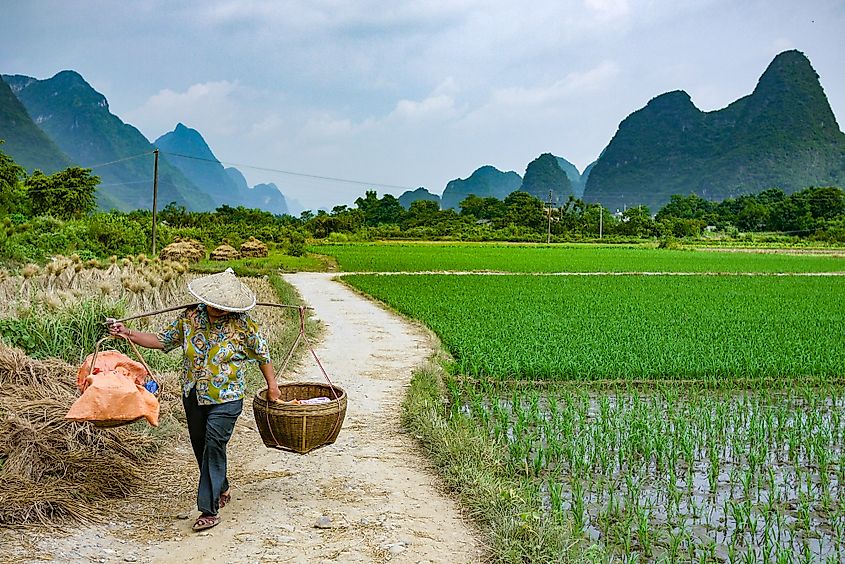
Another factor that is often mentioned as a reason that China should still be considered a developing country is the fact that development in the country is incredibly uneven. For instance, much of China’s economic growth is concentrated in the country’s coastal areas. In contrast, China’s interior provinces have seen much less growth and development. Moreover, urbanization in China is not on the scale of urbanization in developed countries. Roughly sixty percent of China’s population lives in urban areas, but the average in developed countries hovers around eighty percent, not to mention the fact that there is a very wide wealth gap between those who live in China’s cities and those who continue to live in rural areas.
Other Factors
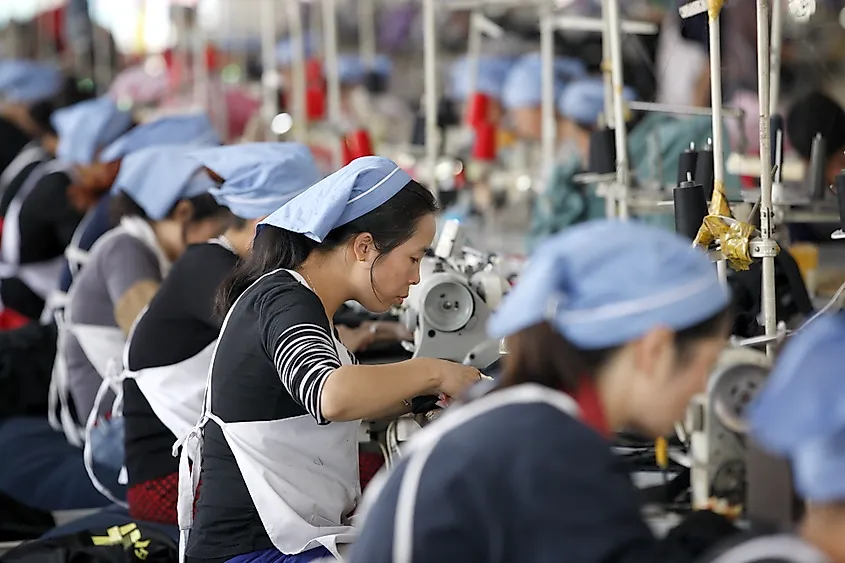
The World Bank also notes that China’s economy still relies on low-end manufacturing, and implies that in order for the country to have an advanced economy, it must transition to providing higher-end manufacturing and services, and to relying on consumption rather than investment. In addition, the World Bank contends that the development of China’s governmental institutions has not kept pace with the country’s economic growth, and that reforms are needed to ensure the rule of law and a healthy business environment.
Implications Of China’s Development Status
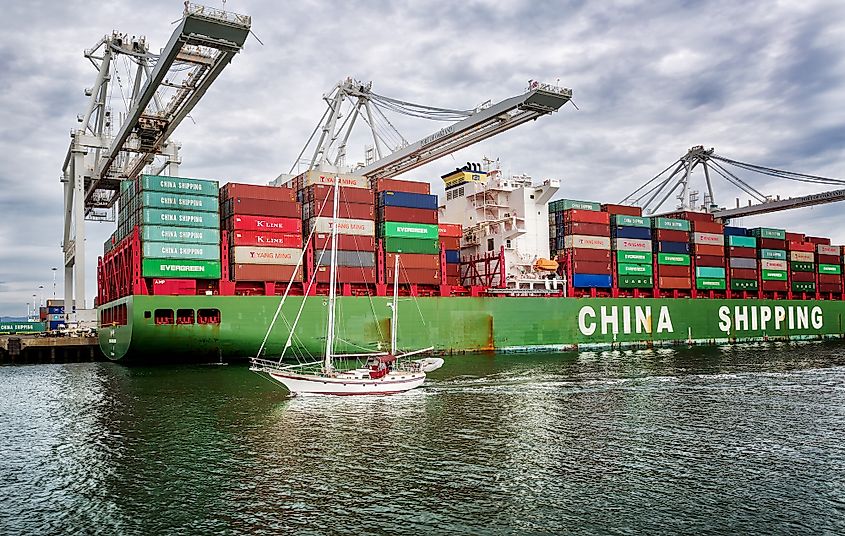
Some in the international community argue that China should no longer be considered a developing country because the country is now an economic powerhouse. The main reason for this argument is that developing countries are treated differently than developed countries in regards to global trade regulations and agreements, particularly in the powerful World Trade Organization (WTO). Under WTO rules, developing countries like China have special privileges. For instance, developing countries are allotted more time to implement commitments and measures designed to advance trading opportunities. The problem, however, is that the WTO does not clearly define what is a developing country and what is a developed country. Instead, its members self-classify themselves. Hence, China has taken advantage of the privileges that the WTO gives to developing countries by classifying itself as a developing country, putting it in the same group as much less-developed countries, like Haiti and Somalia. The U.S. in particular has accused China of taking advantage of its self-declared status as a developing country in order to legitimize unfair trade practices, and has therefore suggested reducing the number of countries that would be eligible for preferential treatment by the WTO.











